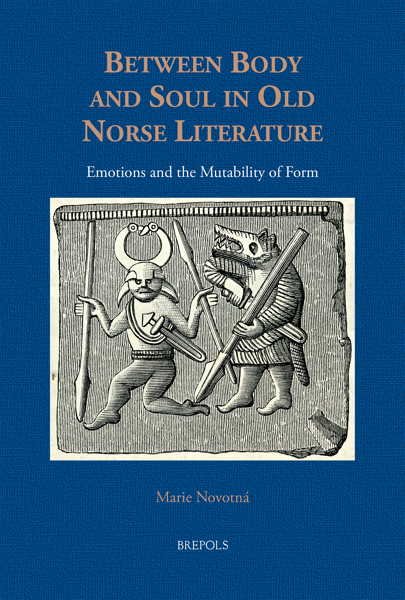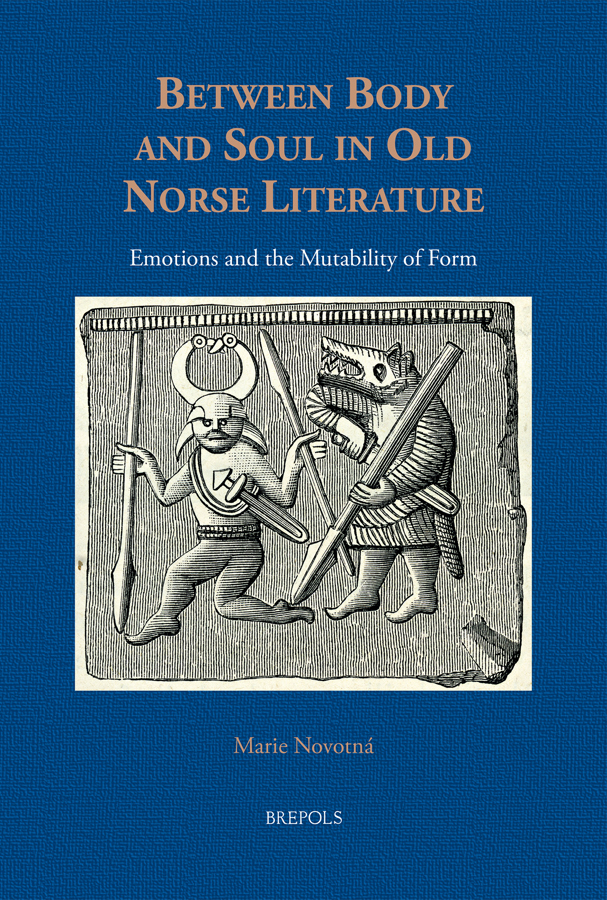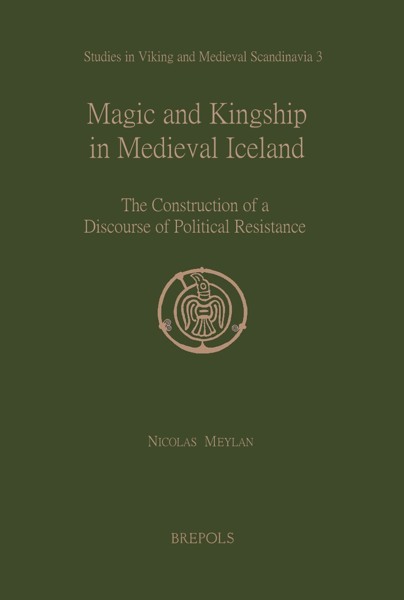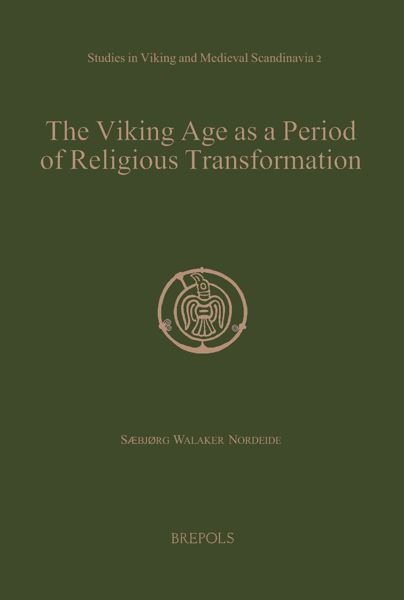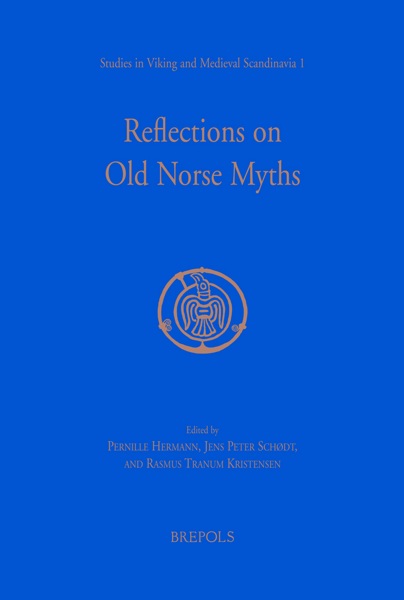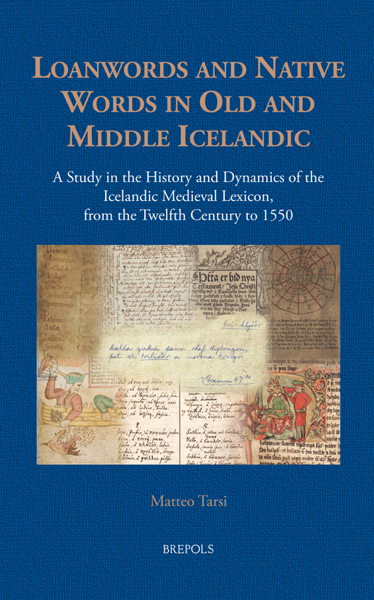
- Pages: 224 p.
- Size:156 x 234 mm
- Language(s):English
- Publication Year:2024
- € 75,00 EXCL. VAT RETAIL PRICE
- ISBN: 978-2-503-60588-3
- Hardback
- Available
- € 75,00 EXCL. VAT RETAIL PRICE
- ISBN: 978-2-503-60589-0
- E-book
- Available
Analysing stories of physical displays of emotions and of change of form, the book describes various ways of perceiving the human body found in the corpus of Old Norse literature and presents a thesis on the gradual transformation of the concept of the body, making thus a contribution to other disciplines formulating a holistic conception of the human being.
Marie Novotná is an assistant professor at Faculty of Humanities of Charles University in Prague, where she is teaching Old Norse literature and language. She holds a PhD. in Philosophy and History of Natural Sciences. Her research topics are concept of body in Old Norse literature, emotions and illnesses, Jómsvikinga saga and questions of translatology. She is translating from Old Norse into Czech.
What did the body mean for inhabitants of the medieval Norse-speaking world? How was the physical body viewed? Where did the boundary lie between corporality and the psychological or spiritual aspects of humanity? And how did such an understanding tie in with popular literary motifs such as shape-shifting? This monograph seeks to engage with these questions by offering the first focused work to delineate a space for ideas about the body within the Old Norse world. The connections between emotions and bodily changes are examined through discussion of the physical manifestations of emotion (tiredness, changes in facial colour, swelling), while the author offers a detailed analysis of the Old Norse term hamr, a word that could variously mean shape, form, and appearance, but also character. Attention is also paid to changes of physical form linked to flight and battle ecstasy, as well as to magical shapeshifting. Through this approach, diametrically different ways of thinking about the connection between body and soul can be found, and the argument made that within the Old Norse world, concepts of change within the body rested along a spectrum that ranged from the purely physical through to the psychological. In doing so, this volume offers a broader understanding of what physicality and spirituality might have meant in the Middle Ages.
Acknowledgements
Introduction. Searching for the Body
Methodological Limitations
Influence of Continental Writings
Chapter 1. Somatic Aspects of Emotion
The Study of Emotions
Genre Specifics and Saga Style
The Emotional Content of Physical Displays
Exhaustion and Fatigue
Change of Facial Colour
Swelling
Eye Pain
Death
The Concept of the Body in Light of the Semantic Field of Emotions as Physical Experiences
Chapter 2. Change of Form
The Concept of hamr
The Etymology of the Root ham- and its Compound Words
The Compound Words hamingja and líkamr
Interpretive Dilemmas
Changes Associated with Flight
Changes Linked with Strong Animals
Transformations in the Context of Battle Ecstasy
Hybrid Forms
The Transformations of Magic Practitioners
Witches
Journeying of hamr
The Disappearance of hamr
The Surface of the Body
The Post-medieval Development
Scandinavian Ballads
Modern Icelandic
The Concept of the Body in Light of the Semantic Field of hamr
Conclusion. The Period of Transition
Appendix. Occurrences of the ham- Root in Old Norse Literature
The Poetic Edda
Skaldic Poetry
Snorra Edda (Prose Edda)
Landnámabók (Book of Settlements)
The Sagas
Kings’ Sagas (konungasǫgur)
Tales (þættir)
Sagas of Icelanders (Íslendingasǫgur)
Legendary Sagas (fornaldarsǫgur)
Indigenous Romances (lygisǫgur)
The Chivalric Sagas (riddarasǫgur)
Christian Sagas
Contemporary Sagas (samtíðarsǫgur)
Scholarly Literature
Works Cited
Index
